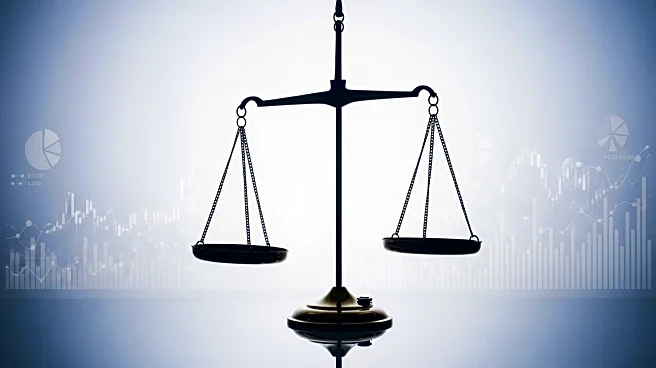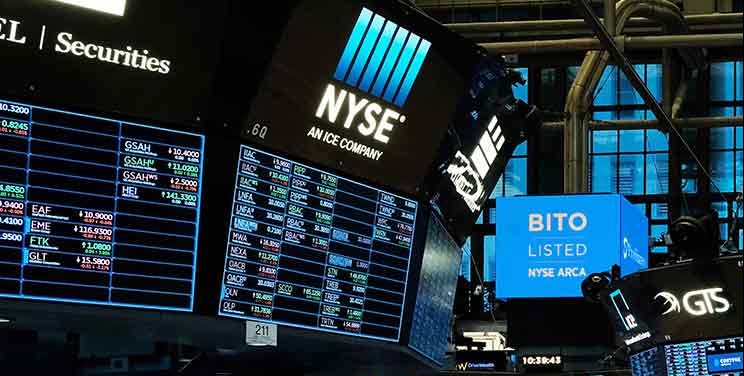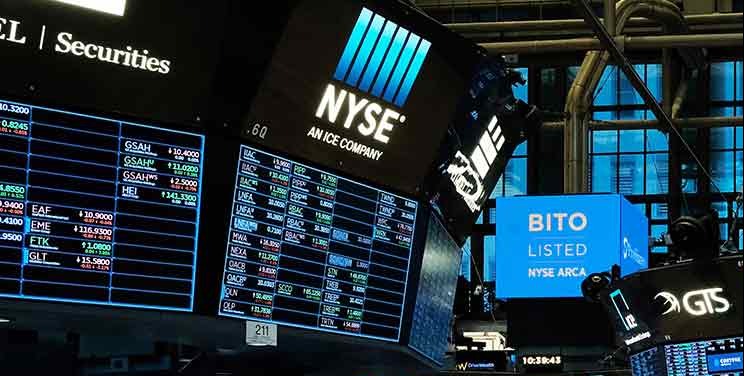What's Happening?
The U.S. economy is experiencing a slowdown, with the unemployment rate rising and job growth weakening. The Bureau of Labor Statistics reported only 22,000 new jobs in August, falling short of expectations. This trend is partly attributed to President Trump's tariff policies and immigration crackdowns, which have disrupted supply chains and affected manufacturing jobs. The labor market's health is further challenged by rising jobless claims and falling job openings. Despite these issues, the prime-age employment rate remains high, indicating some resilience in the labor market.
Why It's Important?
The current economic situation reflects broader challenges in balancing job growth and inflation. While the unemployment rate remains historically low, its upward trend raises concerns about future economic stability. The administration's policies, including tariffs and immigration enforcement, are contributing to supply chain disruptions and labor market uncertainties. These factors could lead to a prolonged economic slowdown, affecting consumer confidence and spending. The situation underscores the need for careful policy adjustments to support economic growth and stability.
What's Next?
The Trump administration may seek to address these challenges by pressuring the Federal Reserve for interest rate cuts to boost demand. However, such measures may not fully address the underlying supply chain issues caused by tariffs. The administration's approach to economic data and potential changes in reporting could also impact public perception and confidence. Policymakers will need to navigate these complexities to prevent further economic deterioration and support a balanced recovery.
Beyond the Headlines
The economic challenges highlight the impact of policy decisions on the labor market and broader economy. The administration's focus on tariffs and immigration has created supply-side constraints, complicating efforts to stimulate growth. The situation calls for a reevaluation of trade and immigration policies to ensure long-term economic resilience and inclusivity.












